
Poison ivy is a poisonous plant that grows as a shrub, climbing vine or trailing vine. More than 350.000 people suffer from the poison ivy rash each year, which is understandable since this plant grows virtually everywhere in the United States.
Symptoms of poison ivy rash
The allergic reaction to poison ivy occurs if the skin touches it. The leaves of this plant secrete a clear fluid containing a compound called urushiol. After this compound comes in contact with the skin, it causes redness and severe itching. There may be rash or hives on the affected skin, and in some cases even blisters. There may even be a significant swelling of the part of the body that is affected. Rash does not necessarily appear as soon as the skin touched the plant, in fact it may take from 5 hours to 15 days. The rash itself is not contagious, it cannot transfer from one person to another, but scratching may spread it further on the skin.
How to treat poison ivy rash
It is essential to clean the skin thoroughly under running cold water within ten minutes after the skin came in contact with poison ivy. There is a chance of washing away the urushiol and this preventing the rash. This should be done as soon as possible, before urushiol binds to the proteins in the body. Once it binds, there is not much one can do, except to try to alleviate the symptoms until the rash subsides.
After this, it is recommended to wipe the skin with rubbing alcohol, followed by another rinse with cold water. It is also important to wash hands thoroughly, including under fingernails, because traces of urushiol might have accumulated there.
Cold baths and ice packs applied 5-6 times per day can alleviate the symptoms, reduce the swelling and the itching.
Calamine lotion can be applied to the affected skin to soothe it. For mild cases, using topical corticosteriods can help, but oral steroids require a doctor’s evaluation and prescription.
There are several home remedies that can help with poison ivy rash. For example, making a paste from Epsom salt or baking soda and water and applying it to the skin can reduce the rash and its symptoms. A mixture or brewer’s yeast, honey and warm water can be very effective too.
High doses of vitamin C are believed to be helpful for poison ivy allergy and rash, as this vitamin can stop the spreading of the rash, accelerate the healing and reduce blisters.
Another effective remedy is to combine water and apple cider vinegar in equal amounts and to soak the affected skin in this mixture several times a day.
Other remedies include oatmeal paste, buttermilk, calendula ointment, aloe vera juice, banana peel, zinc paste, cornstarch and alum.




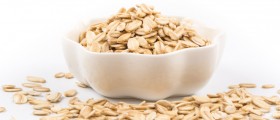
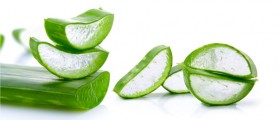
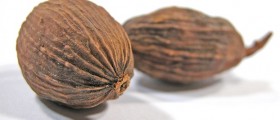

-Causes,-Symptoms-And-Diagnosis_f_280x120.jpg)




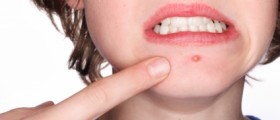
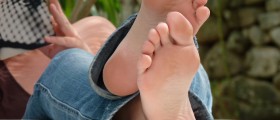
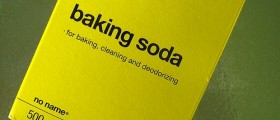
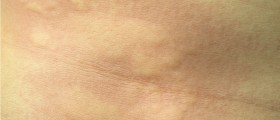
Your thoughts on this
Loading...